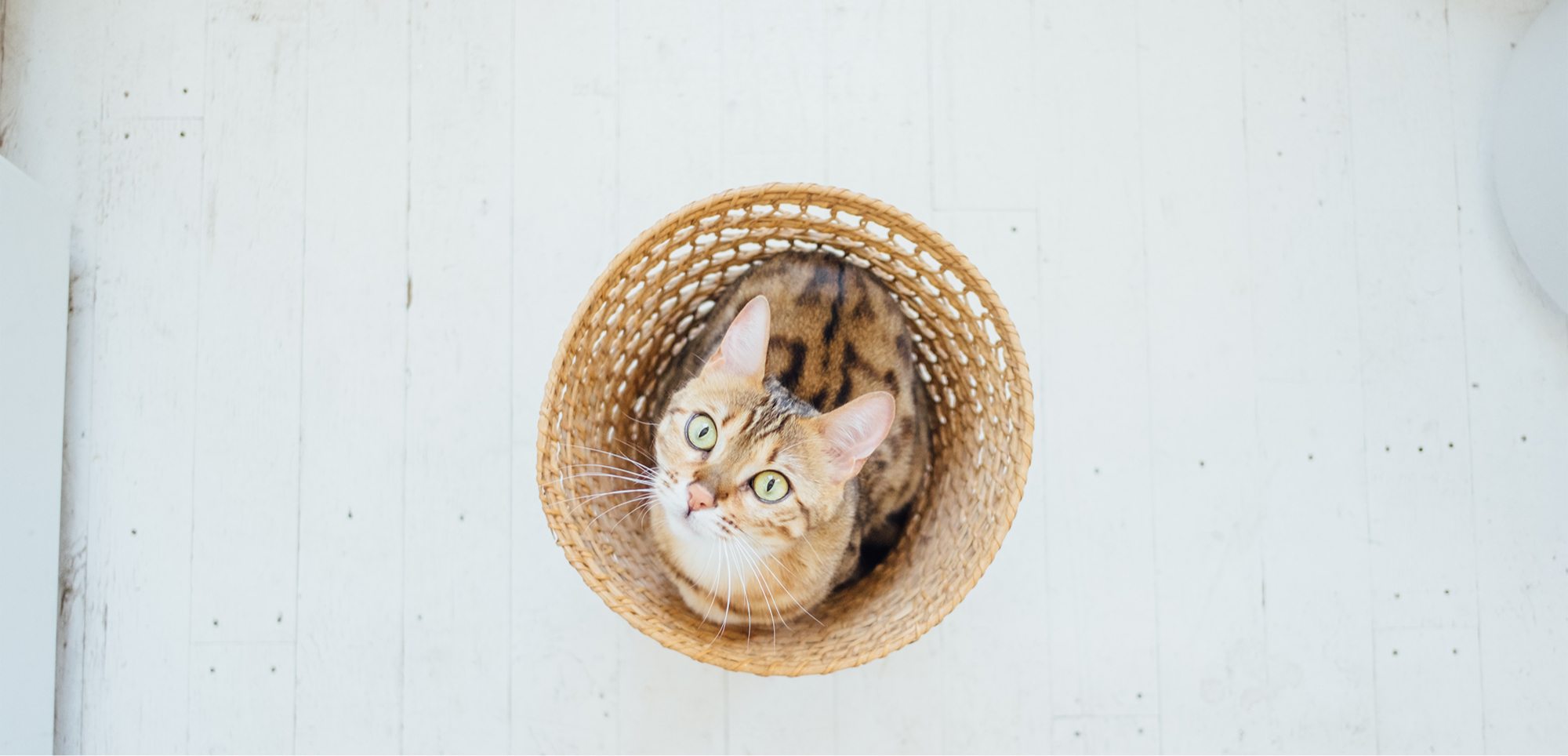Know the difference: companion, stray and feral cats

When the topic of cat management arises in our communities, often the distinction between feral cats, strays or companion cats gets confused. But understanding these definitions is essential in guiding how we approach the topic of managing cat populations in New Zealand.
These definitions are primarily determined by where cats live and what type of relationship humans have with them, let’s have a closer look at the three categories of cat.
Companion cats
Companion cats are considered owned by a person who is responsible for them. These animals are dependent on their owners for their physical, health, behavioural, mental, and emotional needs.
With over 1.2million known companion cats in New Zealand, we have one of the highest rates of ownership in the world.
Stray cats
Stray cats live near or sometimes amongst human populations, but are not considered owned. Some may be friendly with people (socialised strays), while others are not (unsocialised strays). Stray cats may also be lost or abandoned companion cats.
Stray cats rely on people to some extent to meet their needs. For example, a stray cat may be known to a person or neighbourhood and, while not actively owned by anyone, be fed by the community.
Others may scavenge at a rubbish site and be unsocial when approached by humans. Given they are relying on human activity to source food however, they are classified as strays.
When a person invests time and resources into providing care for stray cats, we consider this managing the cat. Strays can live either as individuals or in groups of fellow strays, which are called colonies.
Feral cats
Feral cats do not inhabit places near humans. Sometimes people refer to feral cats living in their neighbourhood or under houses, but this classification is incorrect.
Feral cats have no reliance on humans whatsoever for their needs to be met and are entirely self-sustaining. In most places in New Zealand, feral cats are legally designated a pest.
Why clearly defined terms for companion, stray, and feral cat matter
Cats are beloved members of our families and in our communities. But, they can also negatively impact our neighbours and wildlife. It is important to have productive discussions about companion, stray, and feral cats. Consistent use of clearly defined terms for these different types of cats helps us reduce potential confusion and misunderstandings when having these conversations.
There is no ‘one solution’ for what is best for protecting cat welfare whilst reducing the negative impacts cats can have in our communities and wild places. Instead, different approaches are needed for different categories of cats.
Here at SPCA, we have clear positions on areas that feed into discussions about cat population management. For example:
While individuals and organisations alike hold differing opinions and values about cat management, we believe all New Zealanders want the same thing; better outcomes for cats and for wildlife.
For more information about this topic, see the National Cat Management Strategy Report.

